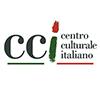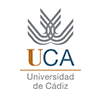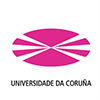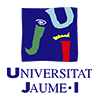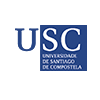What makes language interpreting different from translation?
14 / 10 / 2015
Fuente: http://blog.oxforddictionaries.com

What makes language interpreting different from translation?
The seemingly straightforward question ‘So, what do you do for a living?’ sends professional interpreters into an existential quandary; we struggle how to best answer this polite enquiry. Should we describe ourselves as translators or interpreters? The reason this question poses such a conundrum is that it is never easy to explain to others what professional conference interpreting truly involves. As it turns out, the most typical response to our carefully thought-through and well-delivered explanation is, ‘Ah, so you are a translator!’ This oft-heard response reveals that the line separating the disciplines of translation and interpreting remains blurred for many people, but if we explore each in a little more detail it will soon become clear that the professionals from each discipline engage quite different skills.
Defining translation and conference interpreting
By defining both translation and conference interpreting as disciplines that allow multilingual communication, whether oral or written, we acknowledge that the common denominator is language. However, there are some important differences in the ways in which language is used. The written word requires quite different techniques from the spoken word, so that professionals from each discipline work in contexts that appear as different to each other as night and day. This is one of the reasons why it is rare to find individuals working across both disciplines. When putting pen to paper, the professional translator must express the source text’s ideas in the foreign language with precision, remaining faithful to the content, style, and form of the original. The translator is focused on dissecting a written text and scrutinizing it to identify its meanings, intricacies, shapes, and colours. It is an activity that requires time, reflection, and constant rewriting to ensure nothing is ‘lost in translation’.
Interpreters, however, are permitted a margin of artistic licence in order to overcome one of the major constraints of dealing with the spoken word: time, or the lack thereof. The interpreter must work quickly and demonstrate spontaneity, working both in simultaneous and consecutive interpreting modes (that is, translating while or after the speaker is talking). In simultaneous interpreting the interpreter must listen and speak at the same time, whilst in consecutive interpreting the interpreter must be able to listen, use specialist note-taking techniques, and reformulate the units of information in the foreign language on the spot.
(...)




